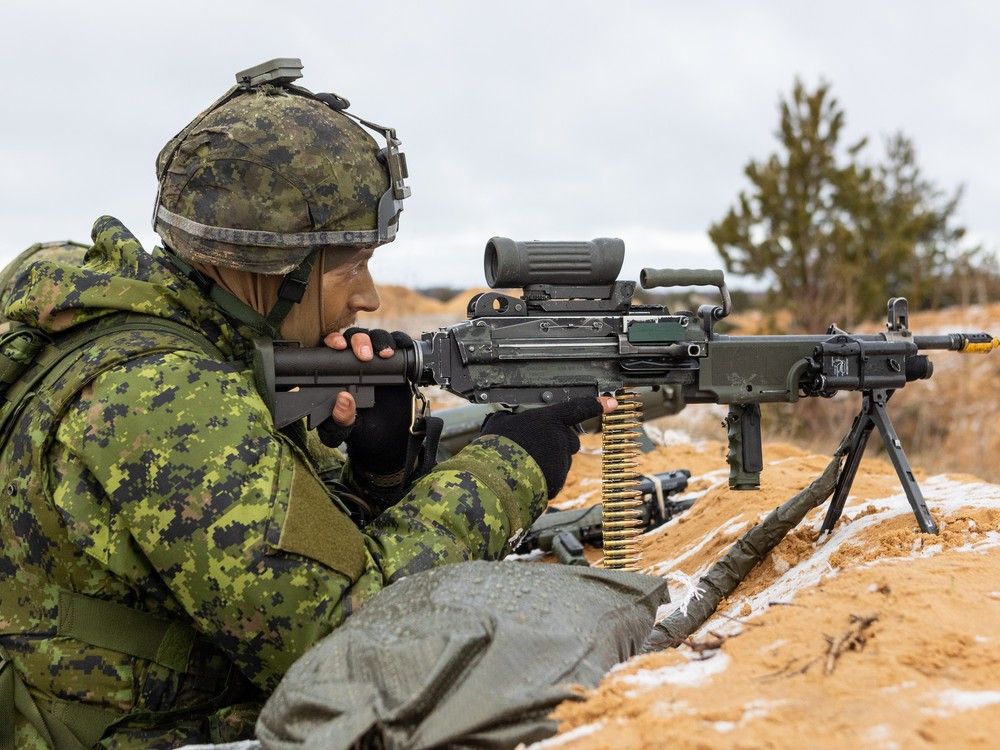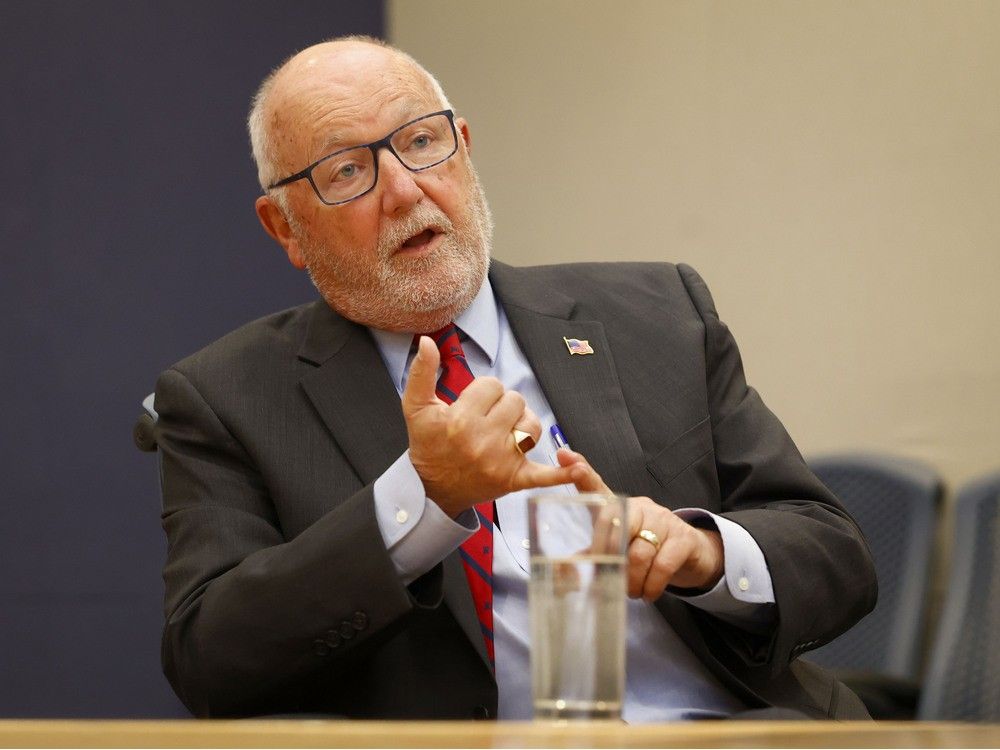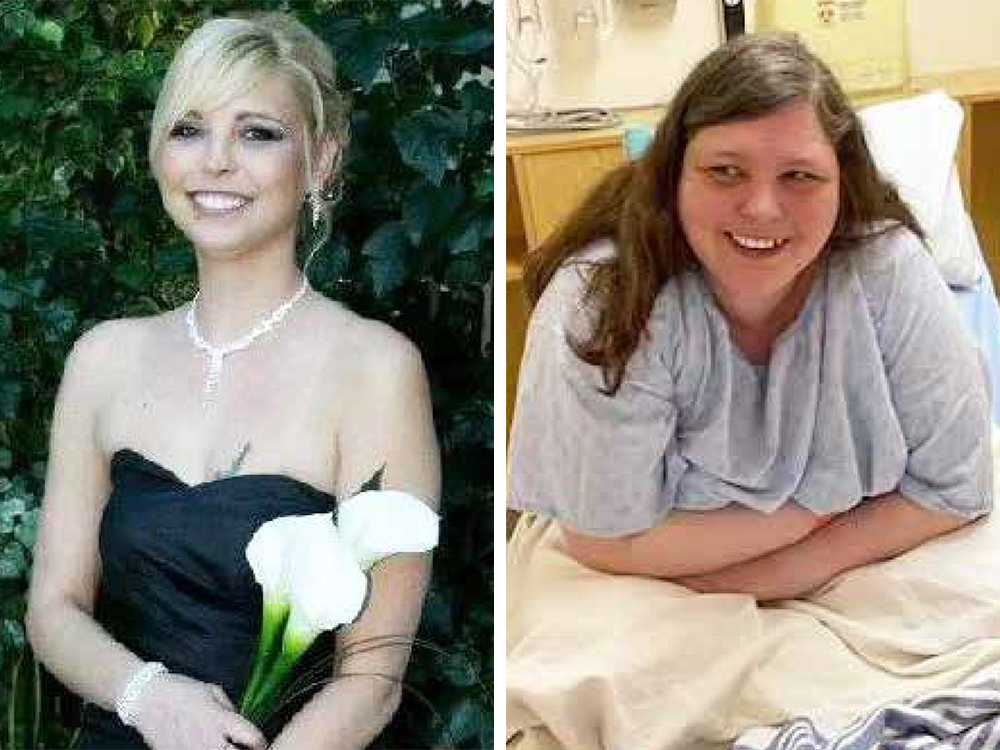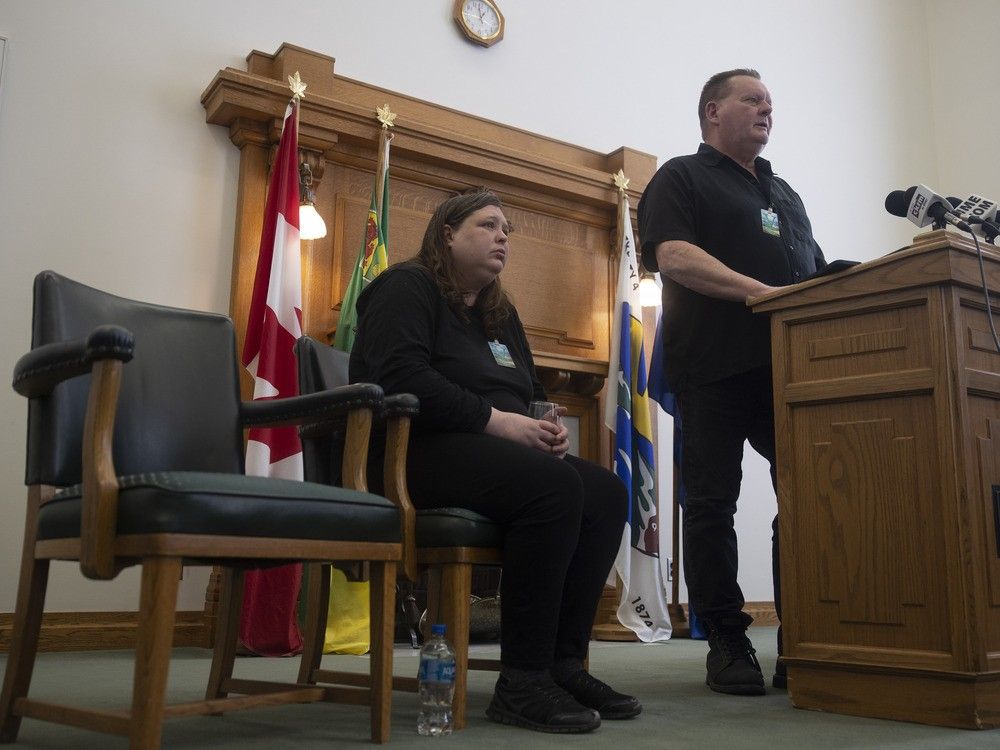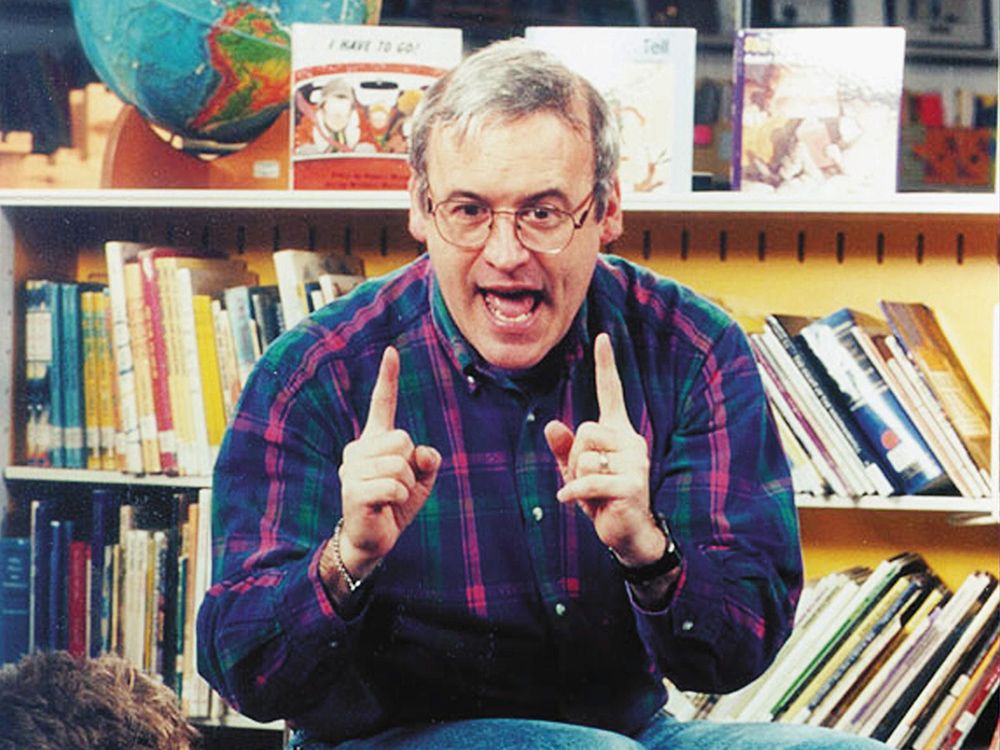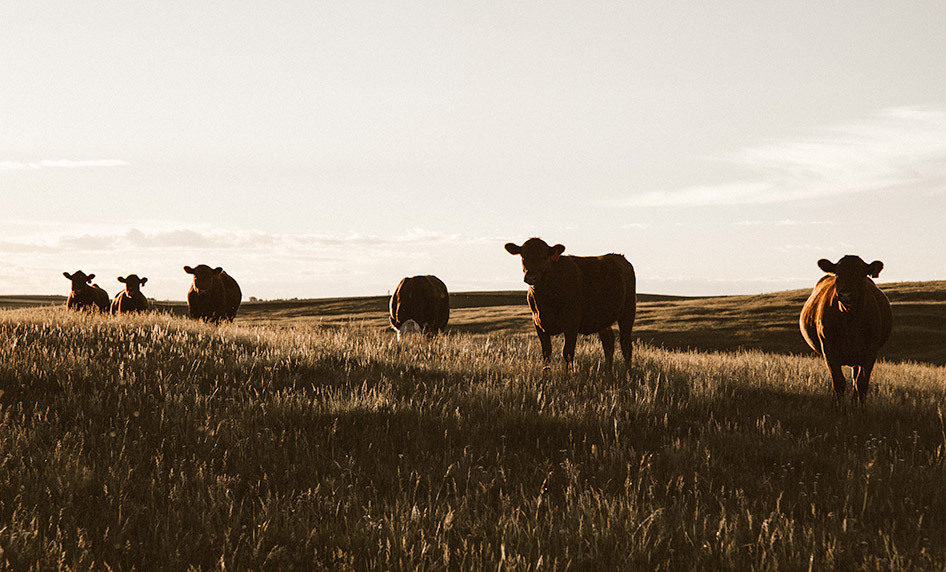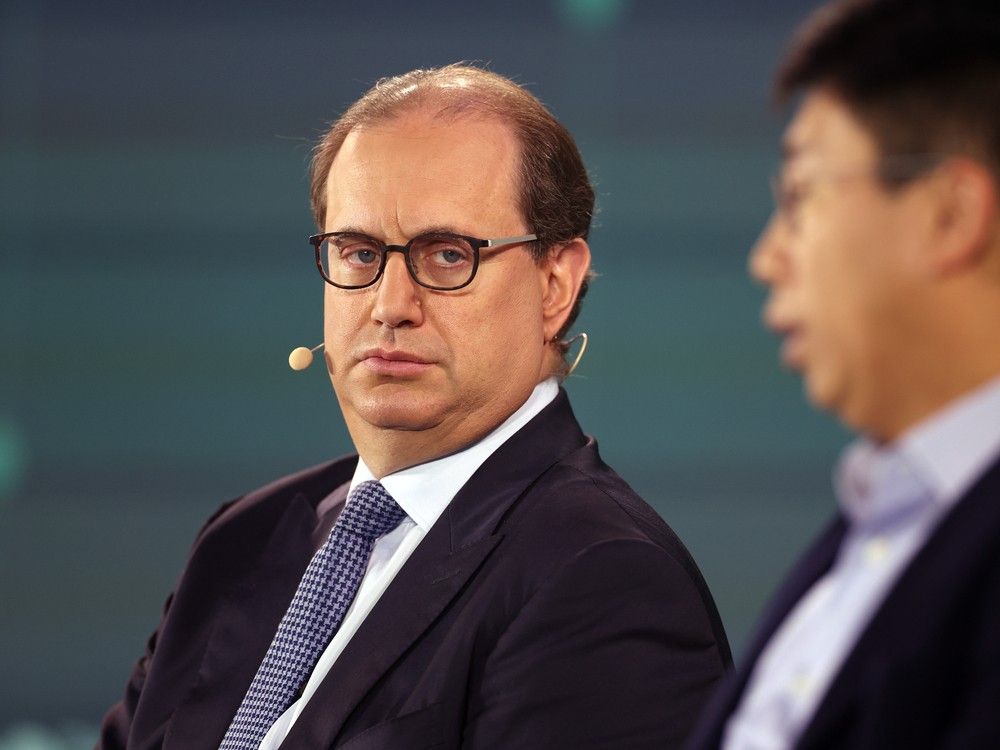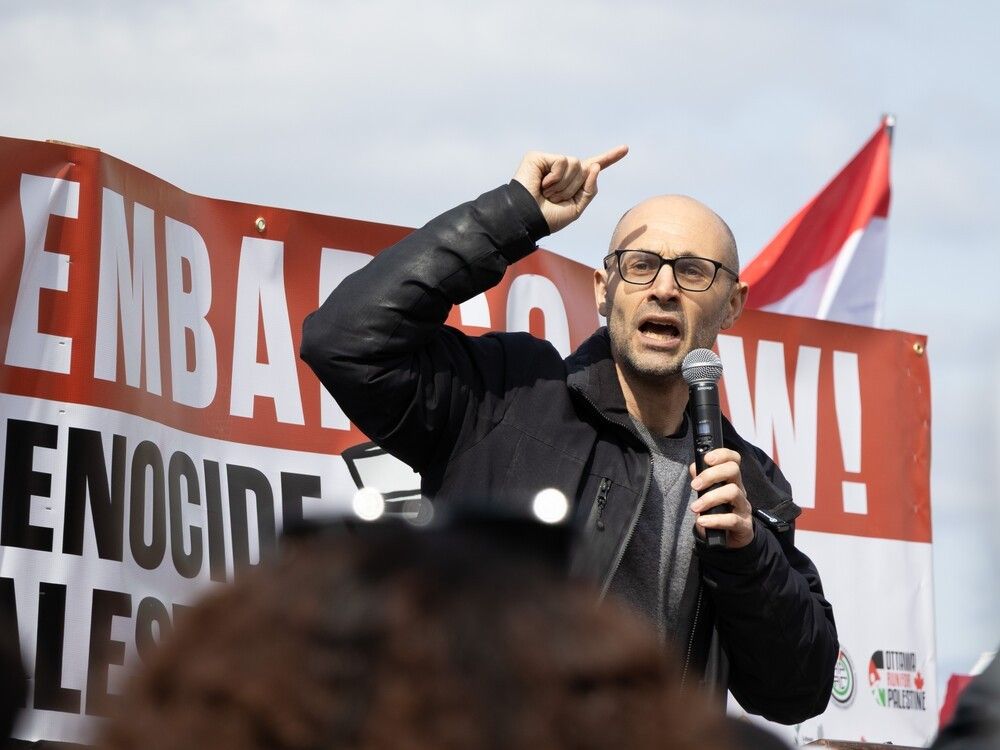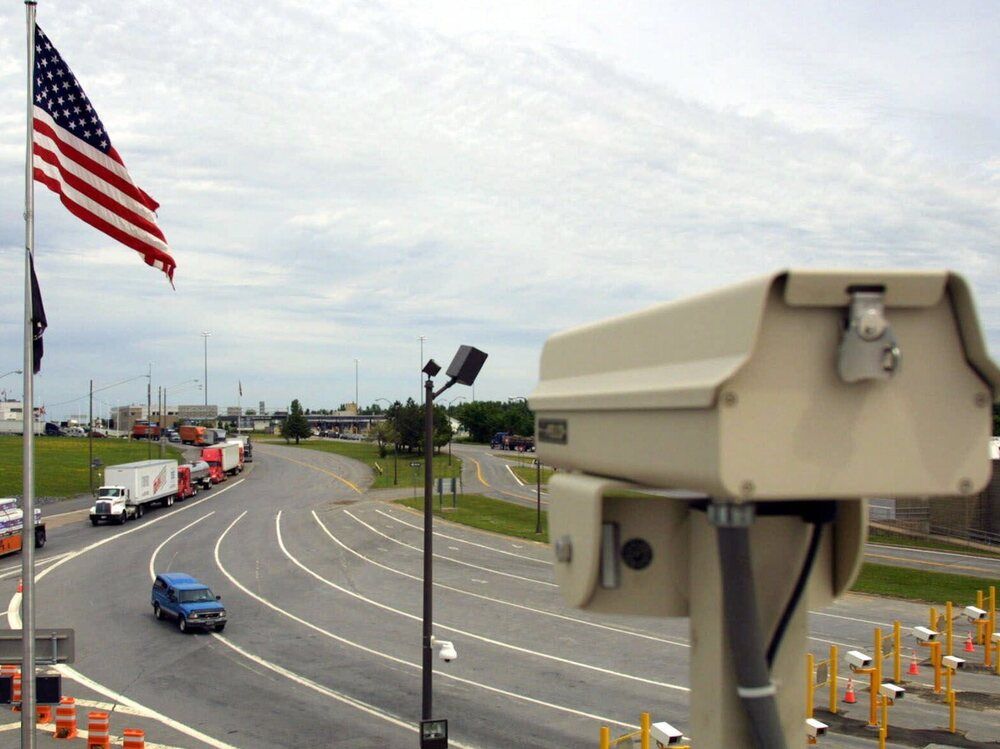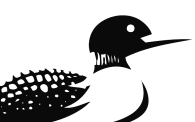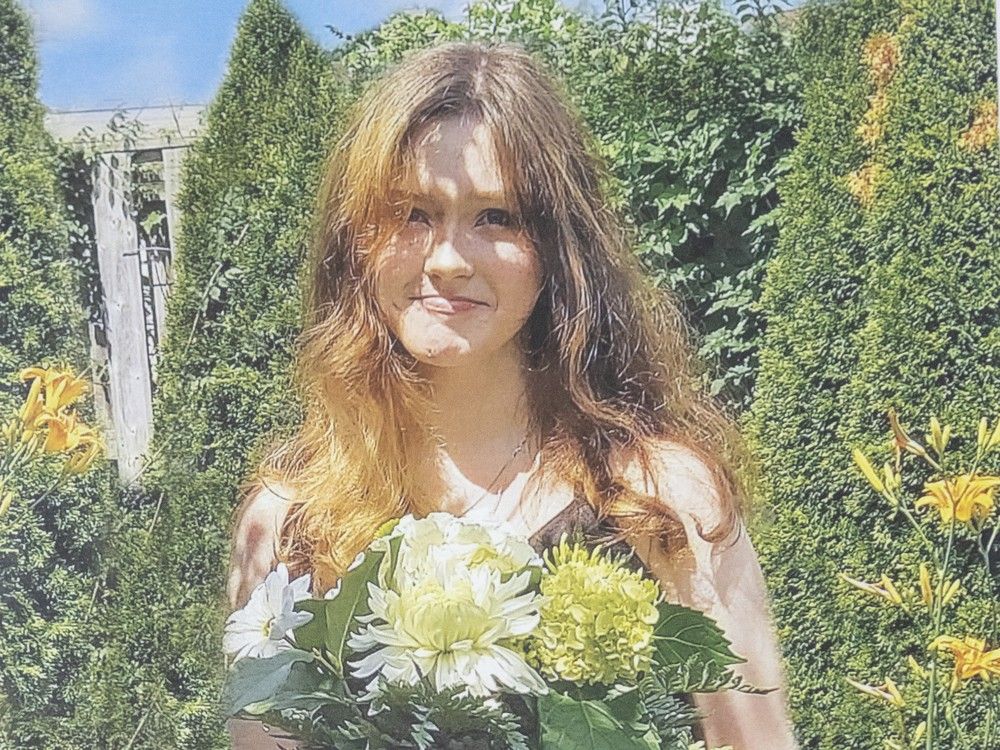
When police kicked down the front door of a London, Ont. townhouse in July 2024, a trail of blood on the floor and walls led them to an upstairs bedroom, where they found the near-lifeless body of Breanna Broadfoot.
Kneeling beside her, gripping a bloody 20-centimetre kitchen knife, was her boyfriend, Kuhkpaw Moo, according to police.
Breanna, whose screams could be heard in the background of a 911 call earlier that evening, was rushed to hospital with catastrophic stab wounds. She died approximately 37 hours later.
She was 17 years old.
Breanna was one of at least 1,329 women and girls who have died in Canada in criminal or suspicious circumstances over the last seven years, a shocking tally. That’s an average of one female dying under criminal or suspicious circumstances every other day in Canada.
Although 2025 to-date has shown some decrease, the number of such deaths has nonetheless trended steadily upward in recent times. In 2024, the last year for which full data was tracked, there were 221 deaths, an increase of 46 per cent over the 151 deaths in 2019, an
Investigative Journalism Bureau
analysis has found.
Researchers, advocates and some police officials told the IJB the numbers point to a Canadian epidemic of femicide, which the United Nations has defined as the intentional killing of women because of their gender.
On Tuesday, Justice Minister Sean Fraser introduced Bill C-16: the Protecting Victims Act, which proposes, among other things, to define murders of women involving “control, hate, sexual violence or exploitation” as “femicide.” The bill, if passed, would allow such killings to be classified as first-degree murder, even without premeditation, and would add the word femicide to the Criminal Code.
The bill is a “welcome development” for Breanna’s family, who promised after her death to fight for reforms to a justice system they say failed to protect her from Moo, 18, who was shot dead by police after her stabbing.
Breanna’s parents, Jess and Brett Broadfoot, said their ambitious daughter spent her short life looking out for others.
“She would be the first one to speak up for somebody, or make sure somebody had what they needed,” Brett said of Breanna, whose organs now live in five transplant recipients.
“Her heart never stopped beating, and she’s still out there helping people.”
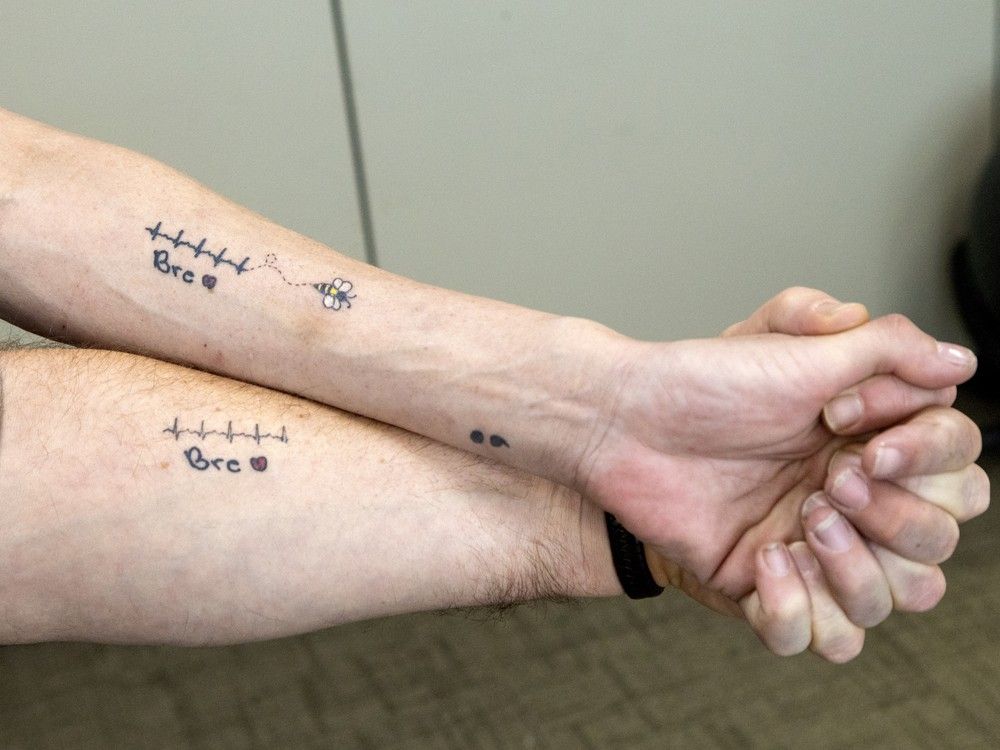
***
It’s difficult to know how many of the 1,329 female deaths tracked by the IJB could be classified as femicides based on the definitions in the proposed bill. While police and court documents sometimes reference how a perpetrator had an explicit intention to target a woman or women, the term “femicide” has been controversial.
There is a patchwork of approaches by police and prosecutors in using the label.
Although police forces in cities including Ottawa, London and Kingston have labelled some killings of girls and women as “femicide,” forces in cities including Vancouver and Calgary have said they would only adopt this term if it were added to the Criminal Code.
The RCMP defines the deaths of women as homicides, but has been “examining” how Ottawa police and international law-enforcement agencies use the word femicide with the goal of potentially establishing its own definition, said RCMP Staff Sgt. Kris Clark.
Regardless of how they are labelled, the killings analyzed by the IJB reveal a growing crisis.
The typical female victim in this country is slain by a man nearly 90 per cent of the time. There’s more than a one-in-three chance the man is a current or former intimate partner, and a one-in-four chance he is a family member.
The odds are high — 83 per cent — that police, child services, judicial or mental health systems were aware of the offender prior to the killing due to a previous interaction.
If convicted in court of the killing, the man’s sentence will be about 10 years, the IJB data shows.
“It’s just too easy to harm women, and there’s no consequence of any meaningful significance,” said Megan Walker, former chair of the Police Services Board in London, Ont.
“The justice system continues to fail women.”
Femicide is already recognized as a specific offence in more than two dozen countries, primarily in Latin America. In Canada, advocates have long fought for legislation that would treat violence against women differently, including naming femicide as a distinct crime or considering it an aggravating factor that would yield a longer sentence.
Bill C-16 is “a step toward” restructuring how violence against women is recognized in law, said Angela Marie MacDougall, executive director of the Vancouver-based Battered Women’s Support Services. But more change is needed to the justice system to truly help victims, she said.
“Ensuring survivors can safely and effectively access justice is another (step).”
Not everyone agrees on the Liberals’ femicide proposals.
Ottawa criminal defence lawyer Michael Spratt fears the legislative proposals that would elevate charges to first-degree murder will prompt more offenders to go to trial rather than plead guilty, further clogging the court system and putting families or witnesses through the trauma of testifying.
“I’m very skeptical whether this bill will help,” said Spratt.
Instead, solutions should include addressing the violence before it leads to murder, through education and counselling, he said.
Lawyer Christine Van Geyn believes the justice system already has sufficient charging and sentencing tools to handle homicides, regardless of the victim’s gender.
“The solutions lie in earlier intervention, improvements in policing and social-services response, and better protection for women at known risk, not in creating new homicide categories that duplicate existing offences,” said Van Geyn, litigation director with the Canadian Constitution Foundation.
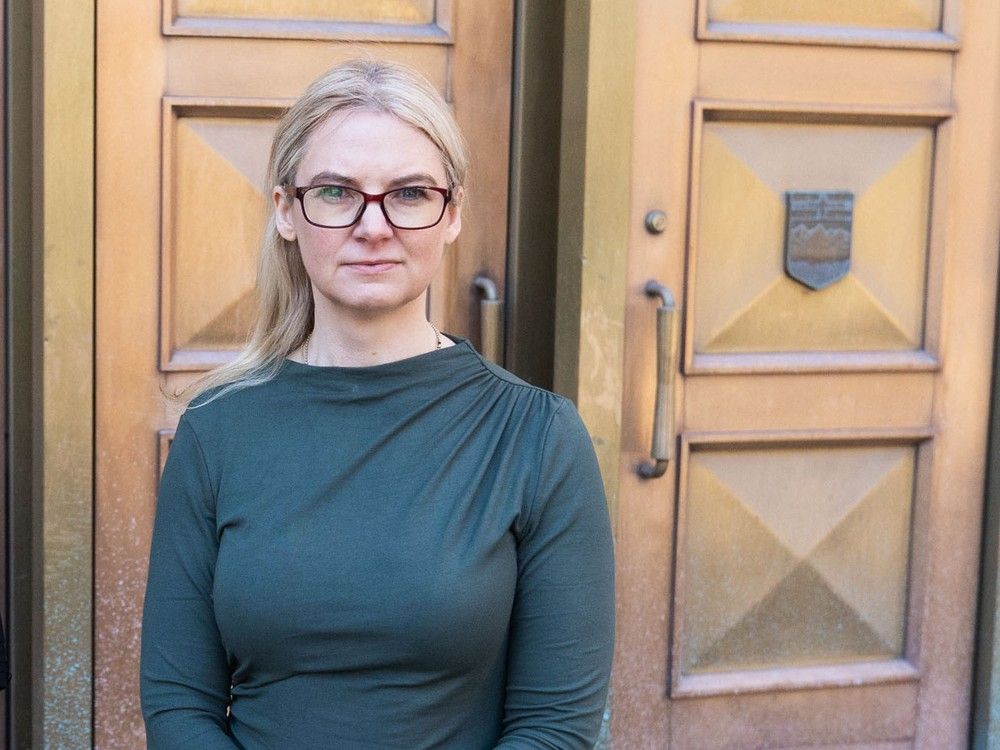
But support for recognizing femicide has been slowly growing among police.
Deputy chief Patricia Ferguson of the Ottawa Police Service says the murders of men often have to do with their behaviour, including involvement in the drug trade, robberies or bar fights.
For female victims, it is typically less about behaviour than about their proximity to a violent individual.
Heather Lachine, superintendent of criminal investigations for Ottawa Police, called the data on female killings gathered by the IJB “insane.”
The difference between many killings of men and women, she says, is this: “Women are killed because they are mothers and they are spouses and they are sex trade workers and just for who they are.”
“Women and girls are killed in a different context than men and boys,” agrees Myrna Dawson, director of the Canadian Femicide Observatory for Justice and Accountability at the University of Guelph, which has been gathering its own data on femicides since 2018.
***
The IJB spent more than a year examining the deaths of females across Canada. By searching public records, police reports, court documents and missing person websites, reporters mapped the grim details and outcomes of 1,329 suspicious female deaths since 2019.
The database includes confirmed homicides and deaths that police deem criminally suspicious. Where charges are laid, the majority are murder or manslaughter.
In a handful of cases, court records allege the accused caused a woman’s death through crimes such as arson, failing to provide the necessities of life and aggravated assault.
When it comes to sentencing, penalties have varied widely, based in part on how well the victim knew her killer.
Of the 687 cases reviewed by the IJB in which the accused was close to the victim — either a current or former intimate partner, or a family member — judicial outcomes have been reached in 337 to-date.
Of those 337, more than one-third pleaded to lesser offences, were found guilty of a lesser crime or had their charges stayed or dropped.
Offenders with close ties to their victim are often treated with greater leniency than other violent criminals because of an “intimacy or domestic discount” in sentencing, a
noted.
“Persons accused of a homicide against someone with whom they share a close relationship may be perceived as lacking criminal intent,” the report said, and may be seen by the legal system to have acted on “provocation or strong emotion.”
***
Over the past decade, various Canadian inquiries have examined the targeted deaths of women or mass casualty events that included female victims. Hundreds of recommendations were made to prevent the root causes of gender-based violence.
Few have been enacted.
A 2022 coroner’s inquest into the murder of three women by a man in Renfrew County, Ont., led to 86 recommendations, including asking the federal government to add “femicide” to the Criminal Code — a step the proposed bill aims to achieve.
The Ontario government disappointed survivors’ families by rejecting nine of the 68 recommendations that were made to the province — including the jury’s top request to declare intimate partner violence an epidemic in Ontario.
Other recommendations were accepted wholly or in part; provincial officials did not respond to requests for details on their status.
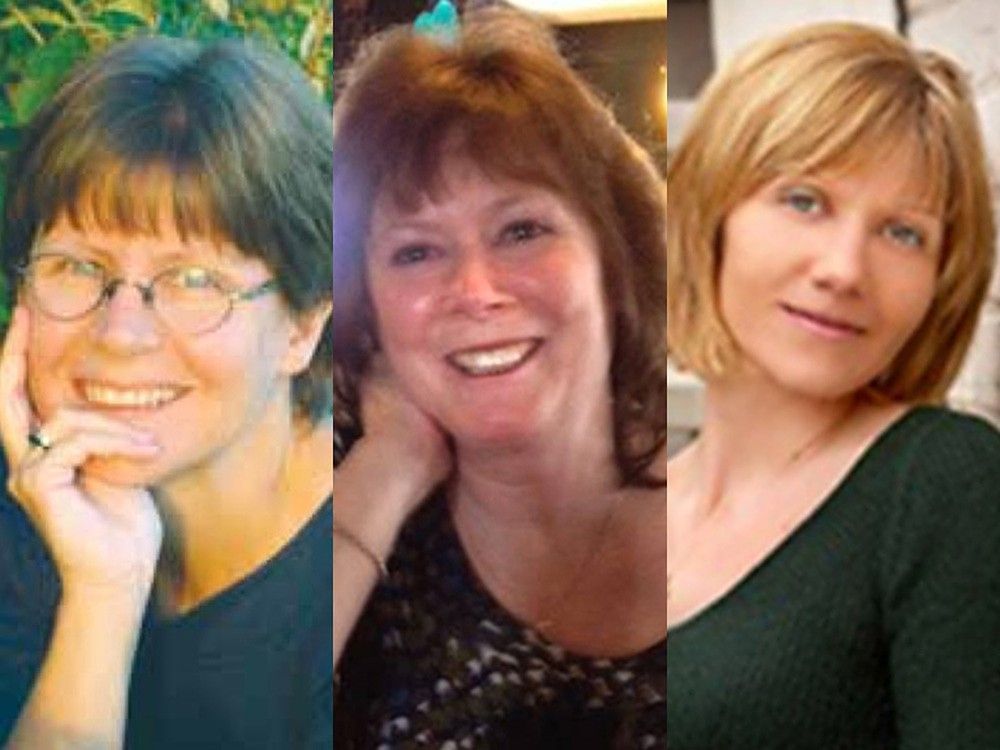
In Nova Scotia, the Mass Casualty Commission examined a man’s two-day killing spree in April 2020, which began with assaulting his girlfriend and ended with 22 people dead, 13 women and nine men.
The commission’s March 2023 report issued 130 recommendations divided into 12 categories. As of June 2025, just two categories related to policing had been completed.
Unheeded red flags
Psychologist Katreena Scott, who sits on the Ontario chief coroner’s committee that reviews domestic violence fatalities, said most of the intimate partner homicide cases reviewed by the committee included red flags that should be spotted in a better-working system.
“Systems often don’t listen very well,” she said. “Systems don’t listen to survivors — to women, who are saying, ‘Listen, this is a dangerous situation’ or are asking for help.”
That appears to have been true in Calgary, where, in two strikingly similar cases, women were allegedly murdered by ex-partners, just 18 months apart.
Both suspected killers had histories of stalking, harassment and flouting no-contact orders.
In January 2024, after six months seeking protection by the courts and police, 40-year-old mother of three Melanie Nicolaides was allegedly killed by her ex-husband, Kerry Girling.
Girling had been on bail since July 2023 after being charged with a violent crime. The court ordered him not to contact his ex-wife, but he was charged with breaching those conditions that September and November.
Nicolaides “fear(ed) for her safety,” according to court documents. On Jan. 16, 2024, a Peace Officer signed a document outlining new charges against Girling for contacting Nicolaides.

What court clerks didn’t know was that an hour-and-a-half before they stamped the paperwork for Girling’s arrest, he had stabbed Nicolaides to death outside an elementary school. He then took his own life.
Calgary Police’s Domestic Violence Review and Assignment Team had done a risk assessment of the case prior to Melanie Nicolaides’s death, according to spokesperson Amy Castonguay. She would not confirm what level of risk Nicolaides was determined to be in.
After the death, Calgary Police conducted an internal review which “resulted in recommendations to strengthen our resourcing, threat assessment and domestic violence policy, which are in the process of being implemented,” Castonguay said.
A remarkably similar case unfolded 18 months later.
In July 2025, Madisson Cobb, 23, woke up in her childhood home in Okotoks, Alta. to get ready for her job as a surgical eye assistant in Calgary.
That afternoon, she was killed in a parkade near her office. Police allege her killer was her ex-boyfriend, Devon Malik, who was subject to multiple restraining orders stemming from allegations of harassment, threats and stalking Cobb.
“Her life was full of potential,” Madisson Cobb’s mother, Jackie Cobb, told the federal Standing Committee on Justice and Human Rights during its debate on bail and sentencing reform for repeat offenders on Nov. 18, 2025.
Court documents reveal a chilling account of Madisson Cobb’s fears and her efforts to get the justice system to protect her.
She told police in March that she’d endured months of “non-stop” contact from Malik after she ended their relationship. In an affidavit, she documented receiving multiple calls and texts daily, and finding two tracking devices on her vehicle.
She noted Malik owned a gun.
Cobb obtained a restraining order against Malik on June 10, which he’s alleged to have quickly breached.
Malik was also charged with two counts of harassment of Cobb in May and June. He was released on bail in both instances.
The day after Malik appeared in an Okotoks courtroom for one of the harassment charges, Cobb was shot to death. Malik is now in jail charged with first-degree murder.
Malik’s lawyer, Jim Lutz, declined comment while the case is before the courts. Calgary Police declined to comment for the same reason.
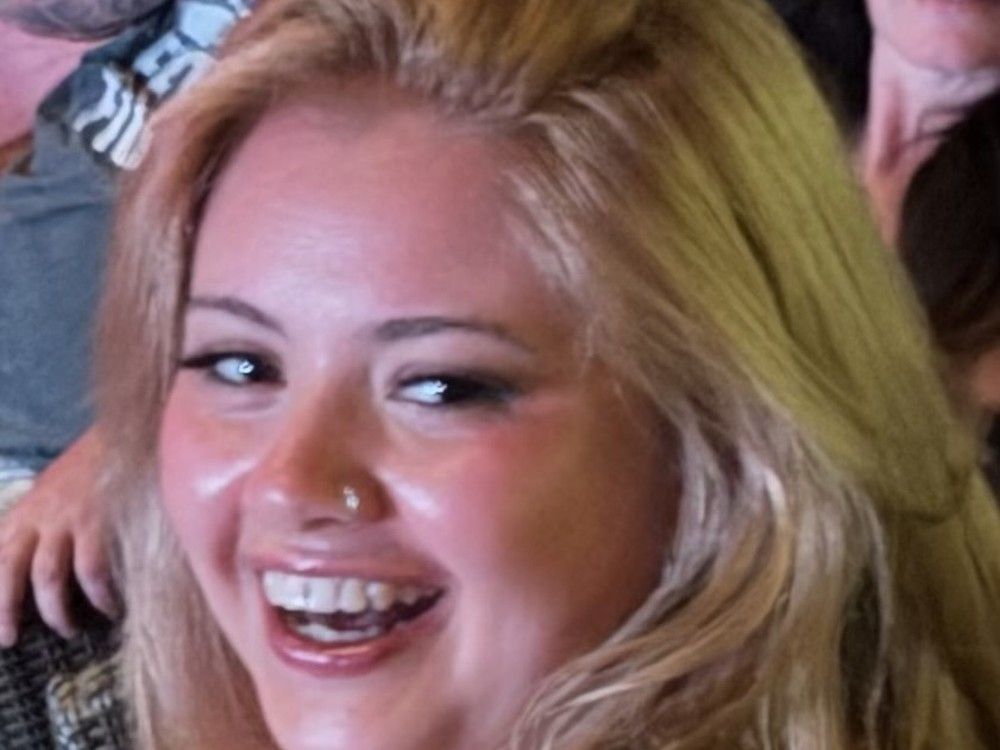
Today, the Cobbs want to honour their daughter’s legacy of helping others by fighting for systemic change.
“I represent her desire to find justice in a system that failed her when she needed it the most … The restraining order did not do its job. It was a piece of paper with meaningless words,” said Madisson Cobb’s mother, who calls it her “mission” to get a law passed in Madisson’s name that makes ankle monitors a mandatory condition of a restraining order.
“How many innocent people need to die, like my young daughter Madisson, for legislation to change?”
***
Toronto lawyer Kathryn Marshall represents 22 plaintiffs in a lawsuit against the federal government filed by advocacy group End Violence Everywhere. It alleges that systemic failures in Canada’s justice system continue to expose plaintiffs to sexual and intimate partner violence, and has caused “severe injustice and left dangerous offenders on the streets.”
“They’re all people who the system has failed,” Marshall said.
The government has not yet provided a statement of defence.
The Broadfoots are among the individuals involved in Marshall’s lawsuit.
In March 2024, four months before her murder, Breanna Broadfoot went out to dinner with her family to celebrate her 17th birthday.
She hid black eyes under her makeup, the result of a brutal domestic violence attack two weeks earlier, which had put her in the hospital and left her with bruises on her neck and broken facial bones, her mother recalled.
“She had been strangled, punched a lot. She was covered in blood,” Jess Broadfoot said of the attack, allegedly by Moo. “He tried to murder my baby girl.”
Charged with assault, including strangulation, Moo was released by police the same day without having to appear before a judge to argue for bail. As part of his release, Moo agreed to not contact or be within 50 metres of Breanna.
But the contact continued, according to Breanna’s parents. Four months later, she was killed.
In response to questions from the IJB, London Police Acting Insp. David Younan, said the force had opened an internal review into the circumstances around Breanna’s murder.
The purpose is “to examine our own role honestly, to identify any gaps in our policies or practices, and to make improvements wherever they are needed.”
Younan said the force intends to publicly release the findings.
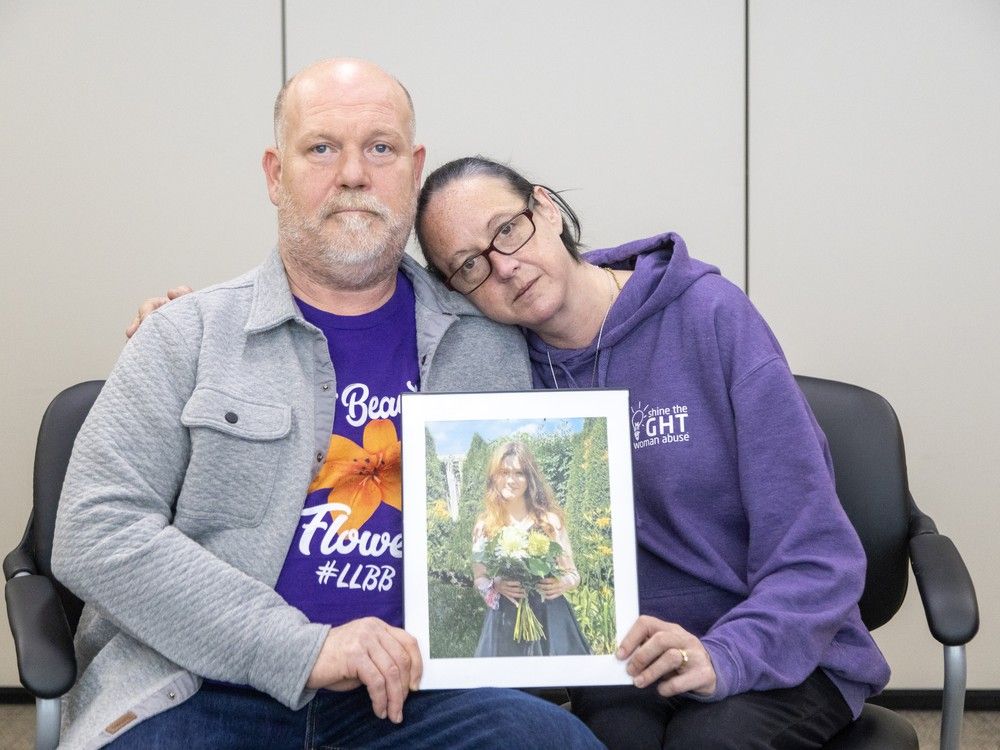
Since Breanna Broadfoot’s murder, at least another 271 females have been killed in Canada under criminal or suspicious circumstances. Fifteen of the cases involved a victim under 18 years old.
In the past year, Breanna’s father has joined the board of the London Abused Women Centre and provided witness testimony to government committees, and Jess raises donations and funds for local shelters ongoing.
When he struggles to go on, Brett re-reads a Father’s Day card Breanna wrote him.
“‘Dad, you have given me the greatest gift anyone could give another person: love, hope, strength, courage and, best of all, you believe in me. I love you,’” recited Brett in a shaking voice.
“Hear my daughter’s voice … and let’s continue to move forward in stopping this in our communities.”
— With files from Dori Seeman, Lindsay Catre and Myrialine Catule, Investigative Journalism Bureau
The Investigative Journalism Bureau (IJB) at the University of Toronto’s Dalla Lana School of Public Health is a collaborative investigative newsroom supported by Postmedia that partners with academics, researchers and journalists while training the next generation of investigative reporters. Additional reporting contributed by the Organized Crime and Corruption Reporting Project.
The IJB’s investigation by the numbers
Years: 2019-2025
• 1,329:
Number of girls and women killed (to Dec. 10, 2025)
• 151:
Number of victims in 2019
• 221:
Number of victims in 2024 (46% more than in 2019)
•
87%
of female victims were killed by someone they knew
• 83%
of offenders had criminal, mental health “red flags” in their histories
• 10 years:
average sentence for killing a woman (more than two years to reach those sentences after charges laid)
• 13%
of cases from 2019 to 2025 remain unsolved
• 26%
of victims were Indigenous, five times their proportion of the Canadian population
• Ontario and Manitoba
have the largest increases of femicide rates
Our website is the place for the latest breaking news, exclusive scoops, longreads and provocative commentary. Please bookmark nationalpost.com and sign up for our newsletters here.
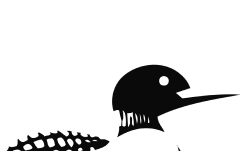


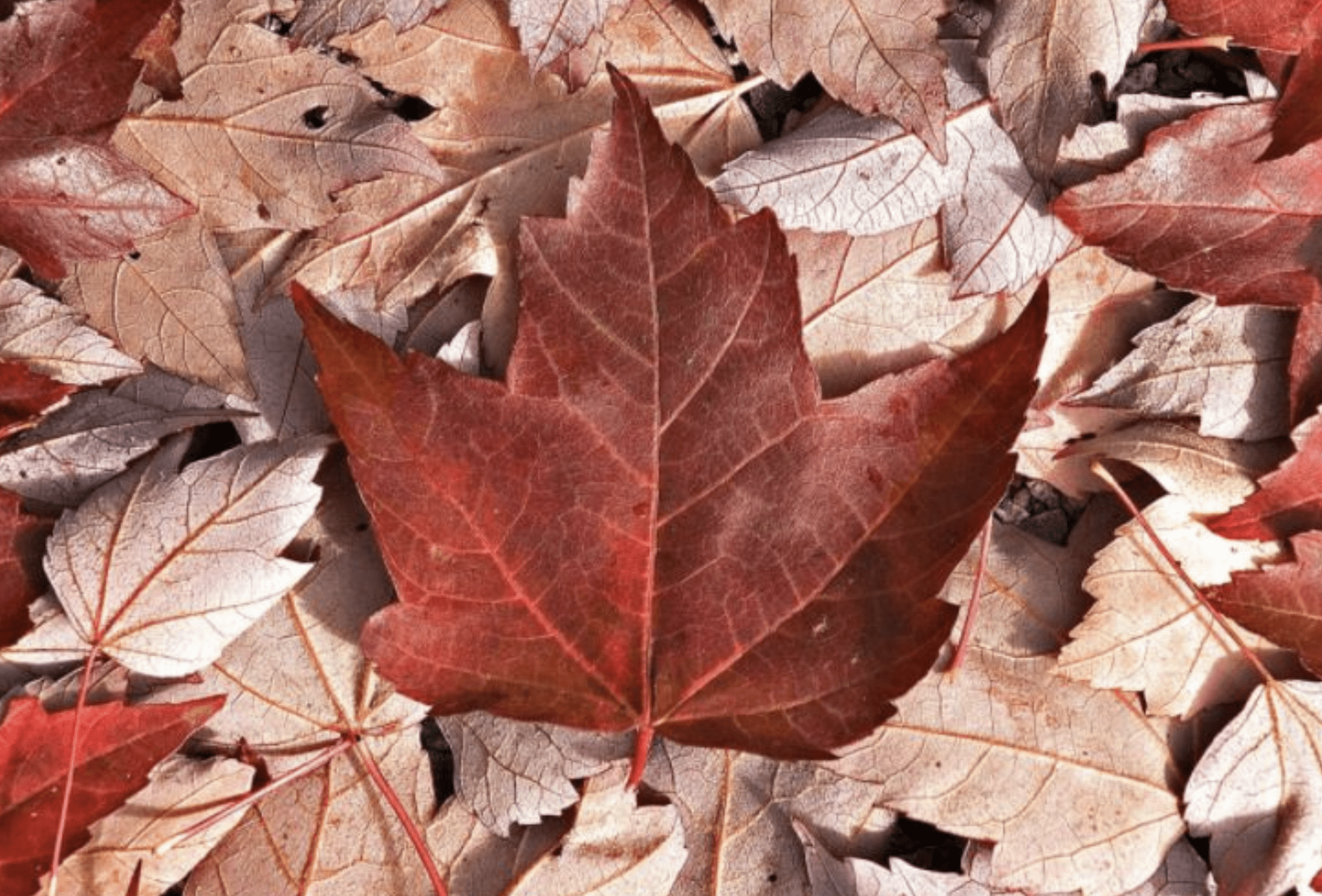
![ST. CATHARINES-WEDNESDAY NOVEMBER 12, 2025—HOMELESS—A homeless person in St. Catharines, Wednesday November 12, 2025.
[Photo By Peter J Thompson/National Post], [For Story by Allen Abel/National Post] ST. CATHARINES-WEDNESDAY NOVEMBER 12, 2025—HOMELESS—A homeless person in St. Catharines, Wednesday November 12, 2025.
[Photo By Peter J Thompson/National Post], [For Story by Allen Abel/National Post]](https://smartcdn.gprod.postmedia.digital/nationalpost/wp-content/uploads/2025/12/homelessness-crisis-encampments-canada-ontario-st.-catharines-main-2.jpg)
